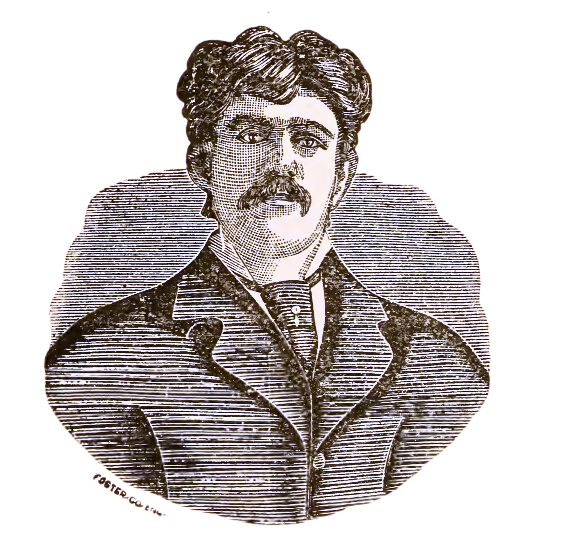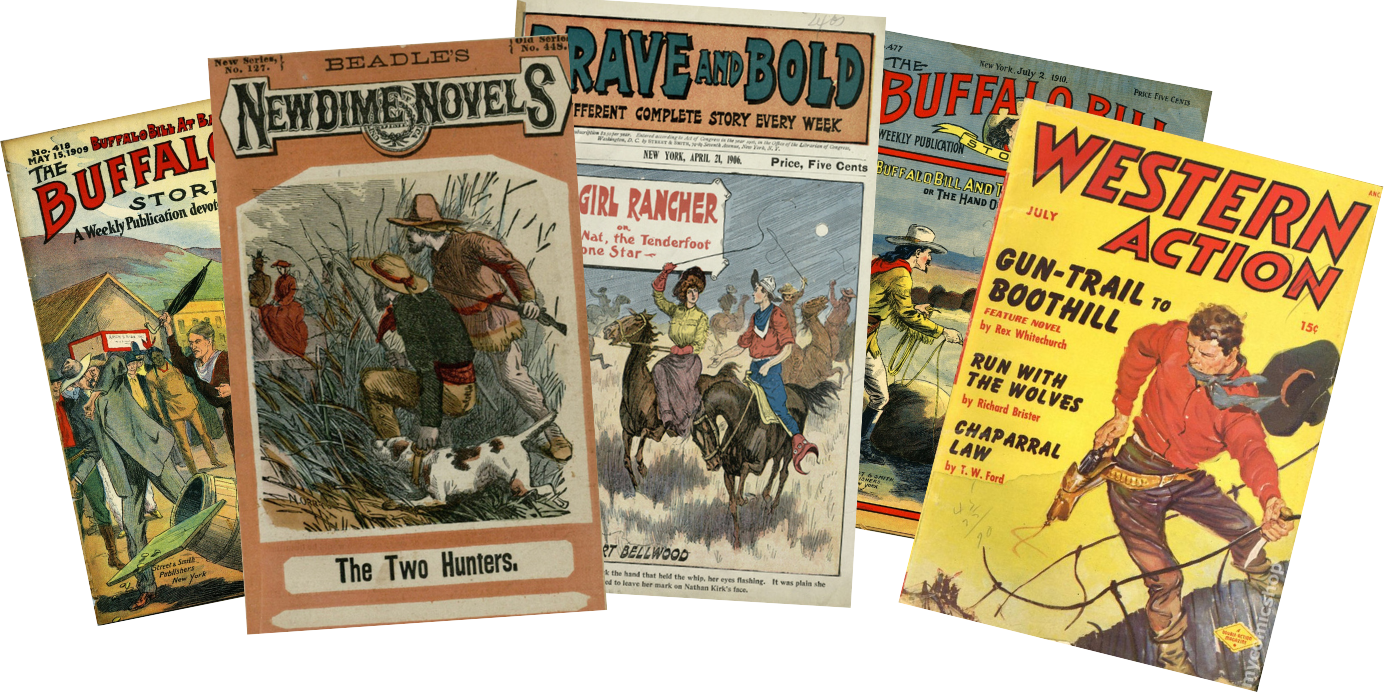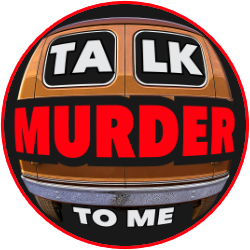America’s First Psychopath And Killer Of “Nine Persons” Laughed About His Murders
"I have killed nine persons, and I can't say that I feel any the worse for it, and, for this "pang" of consciousness you speak of, I feel none."
Mrs. Harlson did not hear her tenant approach the bed as she slept. She could not hear as the psychopath hoisted his rusted axe above his head; nor as he swung the blade down on the side of her head, killing her instantly.
“I approached the bed of the mother, and, getting good aim at her head, raised the axe, and struck her once very hard on the left side of the head. The blow must have killed her almost instantly, for she never spoke, and scarcely stirred.” — The Life and Confession of Stephen Dee Richards.

Nebraskan Fiend
Stephen Dee Richards, the “Nebraskan Fiend” serial killer hanged in 1879, was a bona fide “psychopath” — however, that was before that term existed in any academic lexicon.
Richards lacked empathy for others, disregarded social normalities, and exhibited reckless behavior — the three primary traits shared by all psychopaths. He was a textbook case for a personality disorder that had not yet been given a name, or even an understanding of existence. (The first mention of “psychopath” I could find was written on 26 August 1880 — one year after Richards was hanged — in Harper’s Weekly. The article’s writer posits the disorder ties to an “increase [in] the amount of gastric juice secreted.” We know differently today.)
Richards, “the murderer of nine persons,” realized that something was screwy with his mind and freely admitted it to the public in his autobiography, “Life and Confession of Stephen Dee Richards,” now in the public domain, that even “himself cannot explain” why he yearned to slay other people.
For everyone else, though, he did it simply because he was a “monster.”
Kiddo
Stephen Dee Richards didn’t fit into the same mold as many other serial killers who’ve tormented our world; with Richards, there was nothing to show that he would become such a heinous human being.
Born on a West Virginia farm, Richards had an adequate schooling experience, and above average, at least compared to others, loving parents.
Richards was not bullied, nor was he abused, he did not have a head injury, nor did he play with fire or wet his bed. (Some evidence claims future killers exhibit these behaviors.)
In his book, however, he mentions one childhood experience that clearly pulled on his psyche. When he was 10 years old or so, he walked out to the back of the family home to dispose of a litter of feral kittens. Both of his parents agreed feral cats could bring disease into the house, plus they were sadly on their way to starving to death. They dispatched their son to relieve them of their miserable existence. Neither parent told him how to kill the cats, so he got creative.
“When I was a boy, I was sent out to kill a litter [sic] of kittens, and I did it by striking their heads against a tree-smashing out their brains, one by one; I didn’t feel bad about it at all — it was fun.” — The Life and Confession of Stephen Dee Richards.
Junior Cowboy
It was possible that Richards could have lived a reasonable life without his murderous affairs, but all chances were lost with his love of Western pulp fiction magazines.

The “true tales” of Billy the Kid, Jesse James, and Buffalo Bill enthralled little Stephen, who wished nothing more in life but to gallop across the Great American plains on the back of a hunky steed.
Before long, Stephen began penning letters of admiration to these “desperados”, sending them out, and hoping for any response, which he soon received. Throughout his teenage years, these cow rustlers, desperados, and common criminals coached him on the business of counterfeiting money, robbing, and even killing for profit.
Richards swiftly followed his role models into a life of crime, and barely out of his teenage years, found a few outlaw groups to ride with. Eventually, he crossed the path of Jasper Harlson, a train robber and “notorious desperado”, and husband to a “rather large” and, “not a bad-looking woman.
Mrs. Harlson didn’t approve of her husband’s occupation, but was content that his work placed food in several Harlson bellies, which included two daughters — 10 and 4 years old — and a 2-year-old toddler named Jasper Jr.
The Harlson Family Murders
It was Mrs. Harlson that Stephen Dee Richards hacked up whilst sleeping in her own bed. Richards had already arranged the axe and had been awaiting all night for the sound of peaceful snoring, giving him the signal to attack.
Richards tiptoed over to the curtain fixed next to Mrs. Harlson’s bed, pulling it back “just a trifle”, letting a streak of daylight shoot like an arrow, landing on the eldest daughter, Daisy Harlson’s forehead.
“It was only for a moment, but the sleeping child felt the influence, and, turning over, threw her two white baby hands above her head, and, with her pearly teeth shining through her flaxen curls that fell in masses over her face, whispered, as if in dreams, “Mamma! mamma!” — The Life and Confession of Stephen Dee Richards.
Mother was the first one he “brained,” but 10-year-old Daisy was next. Richards struck her with the flat end of the axe — dead-on the temple; he struck her “two or three times more” soon after.
“She, too, stirred but little, and made no noise,” he said.
The younger sister, Mable, who was cuddled on the left-side of her older sister, was next. And then baby Jesse.
“Next I killed Mable — struck her on the forehead with the flat side of the axe, one blow, and killed her dead. Then I killed “Jesse,” who laid sleeping in the crib at the foot of the bed. I struck him three blows and killed him dead.”
The husband Jasper Harlson, Richards’ train-robbing cohort, wasn’t home at the time (probably busy robbing another train), but was not an intended target, nor did Richards hang around to explain why he chopped down the man’s family.
Stephen Dee Richards did not “look like a murderer,” although he laughed when recalling the killings of the Harlson family; and newspapermen wrote that his eyes were not “at all savage”, but were “mild and rather expressive of confidence.” One reporter wrote — as if confused — could a “man with such eyes be a murderer?” Clearly the public was not privy to the inner-workings of a psychopath like Stephen Dee Richards.
Richards was perhaps the first killer in history to get love notes delivered to his prison cell from adoring women — a fan club. Sound like someone else we know?
No one could understand why Richards murdered the Harlsons; he had no qualms with them, and the children even considered him a part of their family. When pressed for a reason why, even Richards couldn’t say — perhaps the ultimate sign of a true psychopath.


Discussion